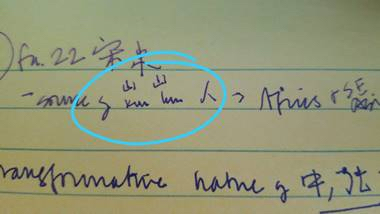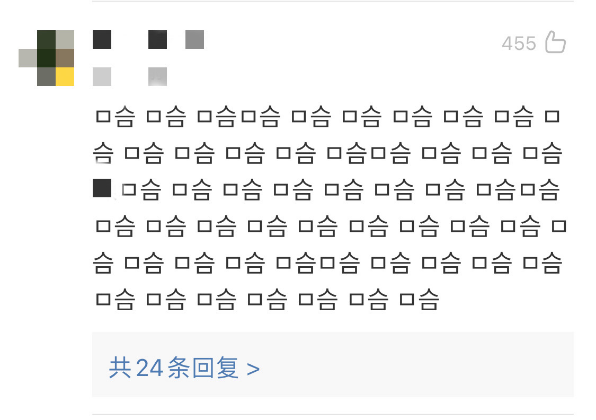Look everyone! it's a post about language in China by not-Victor! :)
I just had to drop everything and write this post while I was listening to the latest Reply-All podcast, this week consisting of a series of phone interviews with people around the world about the experience of the COVID-19 pandemic in their area. The first interview was with Justine from Shanghai, and she was talking about ways people were working around censorship in talking about…
…uh oh I suddenly realize I may be doing a disservice to the Chinese public by posting about this, so I won't go into all the detail I intended. Anyway, the basic idea is that folks were using homophonic transliteration with emojis to get around censorship of certain stories about the epidemic there. You can listen to the podcast here; the relevant bit is between minutes 4:40 and 6:15.
If you can imagine it, this would be like trying to parse "Little Red Riding Hood" from emojis like💡💯🐀✍️👱♂️. Leaving comments open to see if anyone can figure out what homophonic transliteration words I intend for that sequence. First prize is a disinfected plastic cup with logo from the Language Log water cooler stash delivered by drone sometime in 2022.
It's probably worth noting that this idea of communicating via pictures of sound-alikes is basically the actual honest to god origin of phonetically based writing systems. Also worth noting that this way of repurposing symbols to represent sounds of another expression has a long history particularly in Chinese and related languages, whose linguistic features mean that you often have lots of homophones and near-homophones, and whose logographic writing systems probably lend themselves to that kind of graphemic/phonemic cross-indexing during lexical lookup. (Someone must be studying that, right? ) So you get a lot of punning and double-entendres in Chinese writing, if I understand rightly.
If the idea of homophonic transliteration is new to you, you could get in the wayback machine and check out this archival LL post from simpler times, here.
Wishing all my fellow humans the very best from a living room in Arizona!



